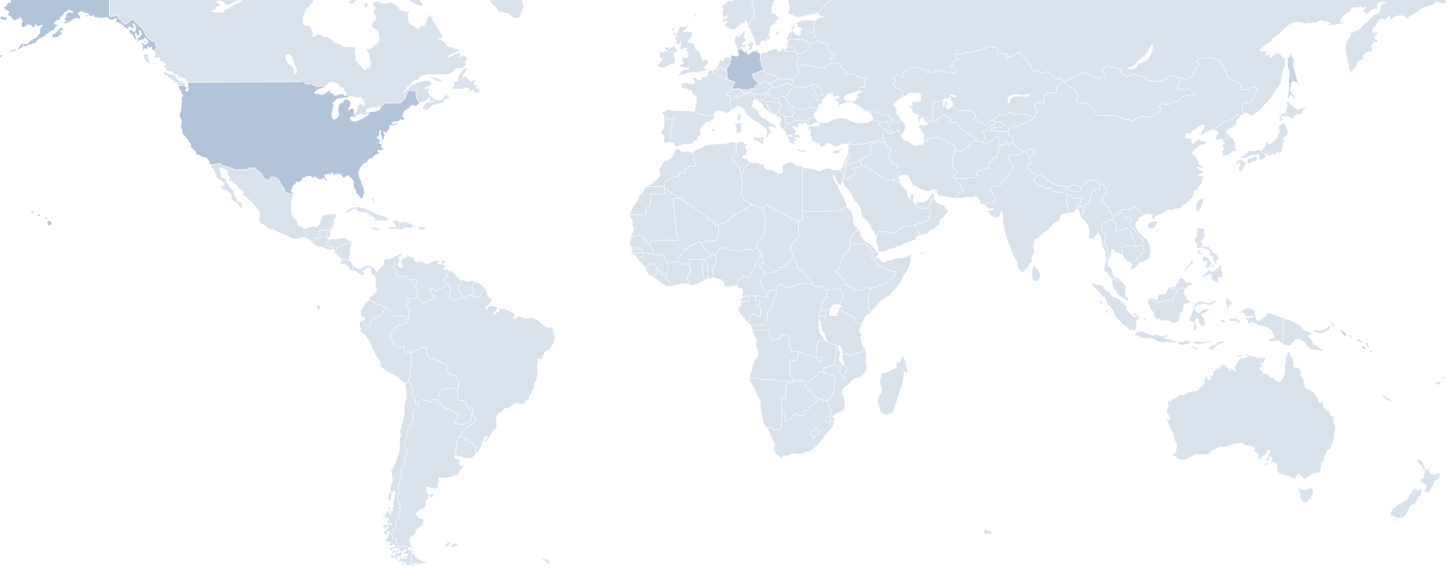

Real-time PCR assay designed for the the simultaneous qualitative detection of the monkeypox virus and its differentiation from other orthopox viruses, as well as the qualitative detection of the monkeypox clade 1b-specific mutation P39H in the Orthopoxvirus gene 140 (OPG140P39H).
Disease: Mpox (formerly known as Monkeypox)
Symptoms: The first symptoms of mpox include: a high temperature, a headache, muscle aches, backache, swollen glands, shivering (chills), exhaustion.
A rash usually appears 1 to 5 days after the first symptoms. The rash often begins on the face, then spreads to other parts of the body. This can include the genitals.The rash is sometimes confused with chickenpox. It starts as raised spots, which turn into small blisters filled with fluid. These blisters eventually form scabs which later fall off. The symptoms usually clear up in a few weeks.
Mechanism of Infection: Mpox can be caught from infected rodents (such as rats, mice and squirrels) in parts of west and central Africa. You can catch mpox from an infected animal if you're bitten or you touch its blood, body fluids, spots, blisters or scabs.It may also be possible to catch mpox by eating meat from an infected animal from central or west Africa that has not been cooked thoroughly, or by touching other products from infected animals (such as animal skin or fur). Mpox can also spread from person to person through: